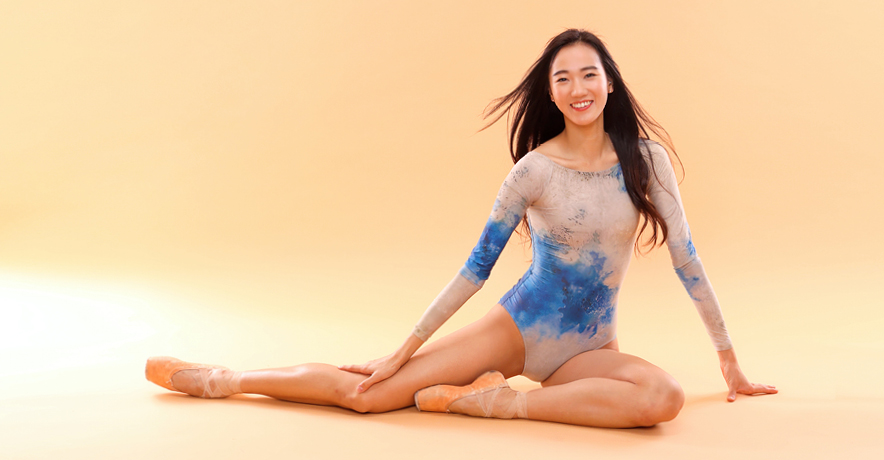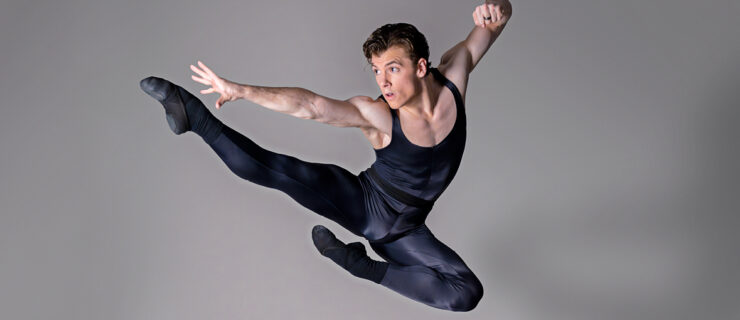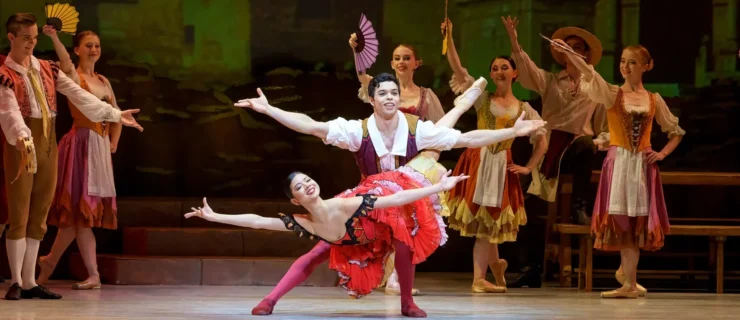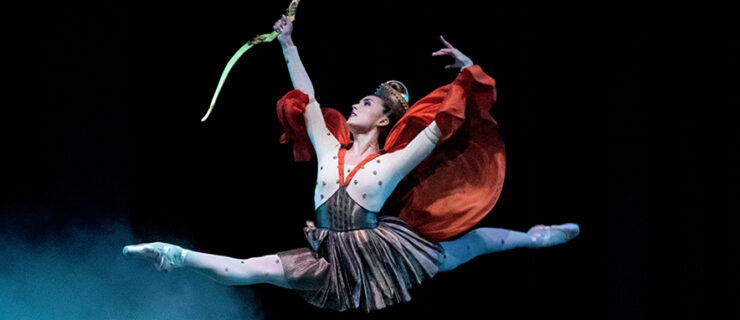The Quiet Intensity of ABT’s SunMi Park
In a rehearsal studio at American Ballet Theatre not long ago, SunMi Park, a newly minted soloist, and principal dancer Calvin Royal III rehearsed a pas de deux from Christopher Wheeldon’s new ballet, Like Water for Chocolate. The passage depicted a tender moment between two people exploring their feelings for each other. As Royal lifted Park into the air, her limbs unfolded into an open, expansive shape. She looked—and it’s impossible to explain what she did exactly to produce this effect—trusting and relaxed and illuminated from within, as if a warm sensation were coursing through her body, from her luminous eyes and down her neck and chest to the tips of her fingers and toes. She was glowing.
You may not yet be aware of Park, but soon you will be. The 23-year-old South Korean dancer joined American Ballet Theatre’s corps de ballet in February of 2022, after a few months as an apprentice and three years in ABT’s Studio Company. Just seven months later, in September, she was promoted to soloist. It was one of Kevin McKenzie’s last actions as artistic director of ABT, before handing the reins to Susan Jaffe. He felt compelled, he says, by the maturity of Park’s dancing. “She has a sense of self,” he explains. “There’s a formidable technique there, but you’re never aware that she’s using it.”
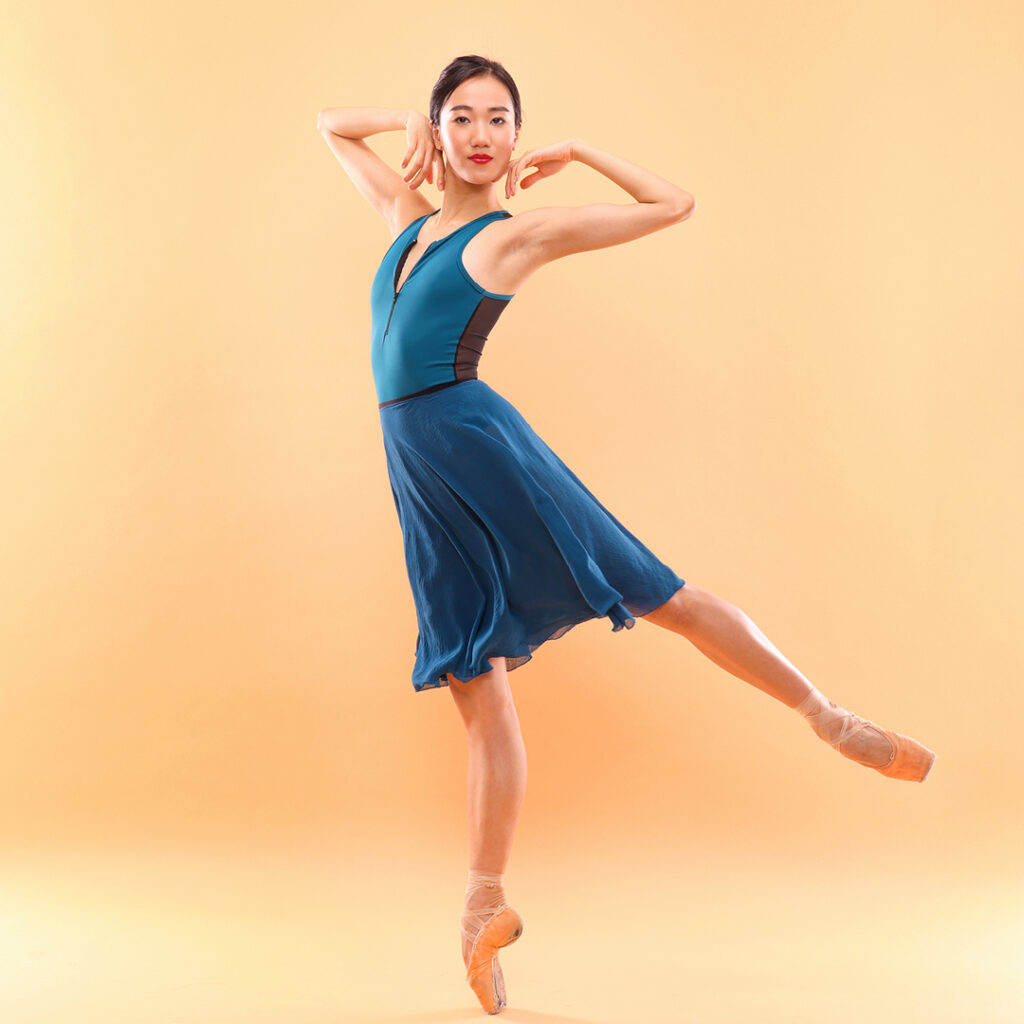
Park was shocked by her promotion—“My hand was shaking, and I couldn’t even cry,” she says—but not as shocked as she would be two months later when she found out that Wheeldon had chosen her to play Tita, the female lead in Like Water for Chocolate, which had its U.S. premiere in March at California’s Segerstrom Center for the Arts. This was not just any new ballet, but the centerpiece of the company’s 2023 Metropolitan Opera House season. Park found out in ballet’s usual casual manner: She saw her name on a list for a costume fitting.
Like Water for Chocolate, a co-production with The Royal Ballet, is inspired by Laura Esquivel’s 1989 novel about love, longing, food, and sexual desire. It is very much a story ballet, with a large cast, multiple set changes, and a driving score. Tita is a young woman denied the right to marry the man she loves, Pedro, and is forced to share a roof with him after he marries her older sister to be near her. She finds a conduit for her emotions through the preparation of food, which stirs up potent sensations in all those who consume it.
The role requires a dancing actress who can telegraph powerful emotions while appearing to conceal them before finally opening the floodgates of desire. (The ballet ends with an extremely steamy pas de deux.) Wheeldon is convinced that Park has the tools. “I believe she has the makings of a truly great dramatic ballerina,” he says. “Her willowy elegance is an exterior that covers strength and fire and a strong will, not unlike the character she is being asked to portray.” This quality was evident in rehearsal: One moment she was immersed in the ebb and flow of the scene; the next, she was laughing with her partner about a flubbed lift, flashing an easy smile. She has an actress’s ability to switch on and off.
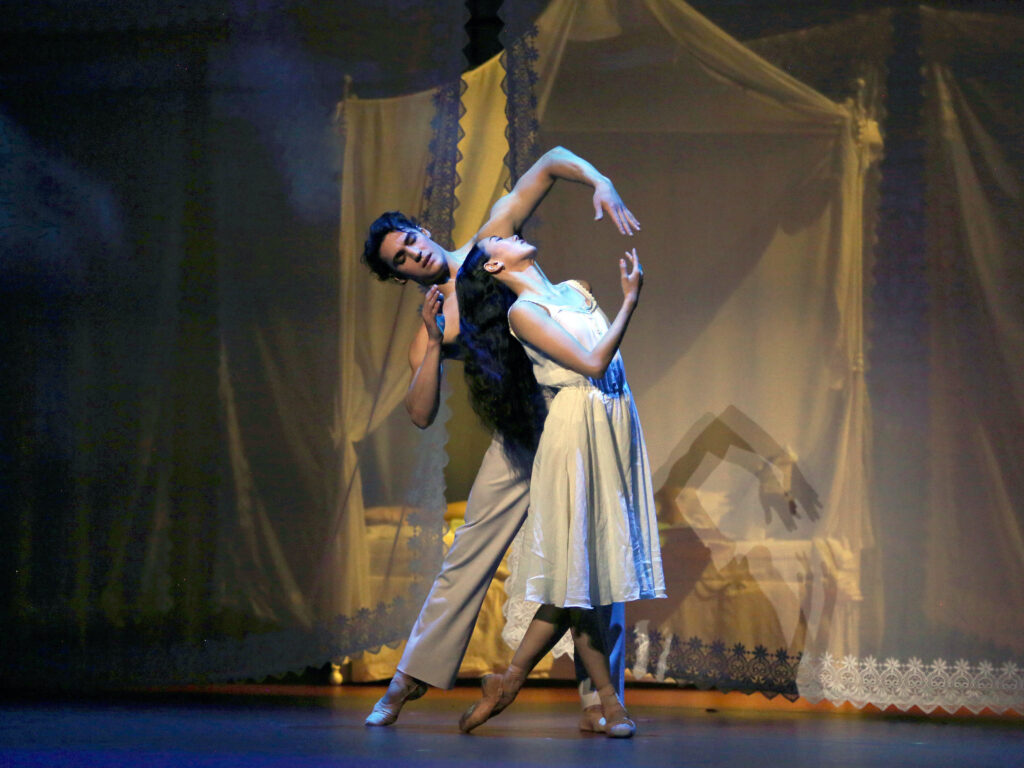
Which isn’t to say the process of honing these dramatic talents hasn’t required effort. “It’s really hard to do all this acting, and in such a big role,” Park says. Since joining the company she had only danced a few featured roles, including a Flower Girl in Don Quixote and one of the natural elements (Hail) in Alexei Ratmansky’s The Seasons. But there were suggestions of deeper waters. A recording of her performance in Ratmansky’s Seven Sonatas while she was in the Studio Company reveals an ability to transmit states of mind through the simplest gesture.
The choreographer Jessica Lang had already channeled this quality when she created Children’s Songs Dance for the Studio Company just before the pandemic started. (It was later performed by the main company.) “She just devoured the material and spit it back in a way that made it clear that she had ideas behind the movement. You didn’t have to coach her,” Lang remembers. It was during Lang’s rehearsals, when Park was still an apprentice, that Wheeldon, visiting the studios, first spotted Park and decided take a chance on her.
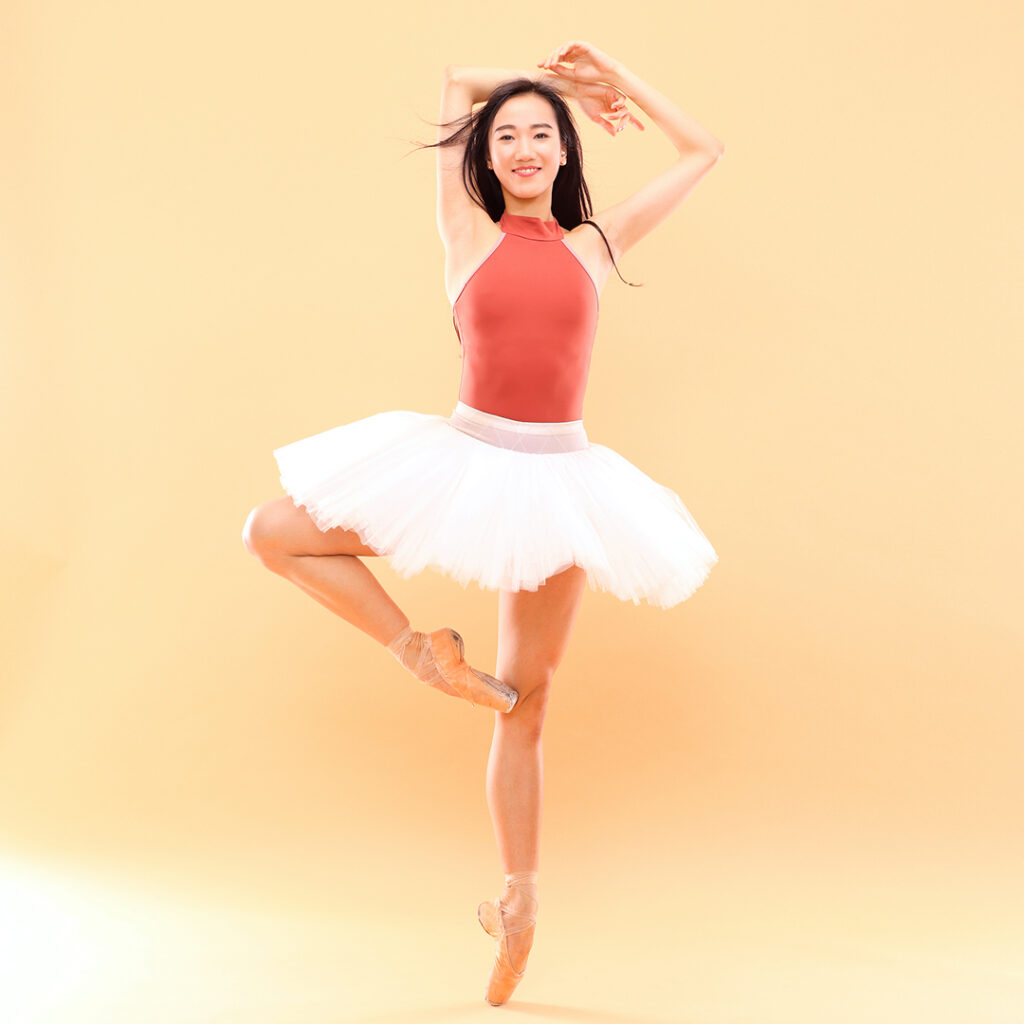
Because of the pandemic, Park spent three years in the Studio Company; normally she would have been taken into the main company much more quickly, says McKenzie. As the shutdown eased and creative residencies and performance opportunities returned, Park was able to dance quite a bit of repertory, and to work with multiple choreographers, including Lang, Lauren Lovette, Amy Hall Garner, and Larry Keigwin. She refined her technique. By the time she entered the company, at 22, she was more mature and experienced than the typical new member of the corps de ballet.
She had also acquired better English language skills, which, she says, has made understanding what is happening around her easier. Luckily, there are a few other Korean dancers at ABT, like Hee Seo, Joo Won Ahn, Yoon Jung Seo, and her friend Sung Woo Han, whom she says she turns to when she needs advice or guidance. When she feels like letting off steam, she likes to go to restaurants in New York’s K-town and do karaoke (she loves K-pop). But she doesn’t have many friends yet, she says. “For now, I want to focus on my ballet, and then I’ll work on making more friends.”
Park was well served by the extremely rigorous training she received in Korea, despite starting relatively late, at age 10. She first studied at a school in Incheon, outside of Seoul, at the encouragement of her mother, a contemporary dancer. And though at first she didn’t love ballet—“My personality is not calm, and I like to have fun, so I thought ballet was kind of boring,” she says—she soon found that she excelled. The family moved to Seoul, where she trained at the Sun-hwa Middle School and High School of the Arts before entering the renowned Korea National University of Arts, known as K-Arts. It is the same school that produced Kimin Kim and Joo Won Ahn, principal dancers at the Mariinsky and ABT, respectively.
The training in Korea is mainly Russian/Vaganova, with a stress on stamina, strong and clean technique, and beautiful coordination, all qualities that Studio Company artistic director Sascha Radetsky saw in Park when she sent him an audition video. “At first I thought about going to the Mariinsky,” she says, “because I grew up with Vaganova. But Sung Woo suggested I look at ABT. Plus New York has always been my dream, because of all the movies I’ve seen that are set there.”
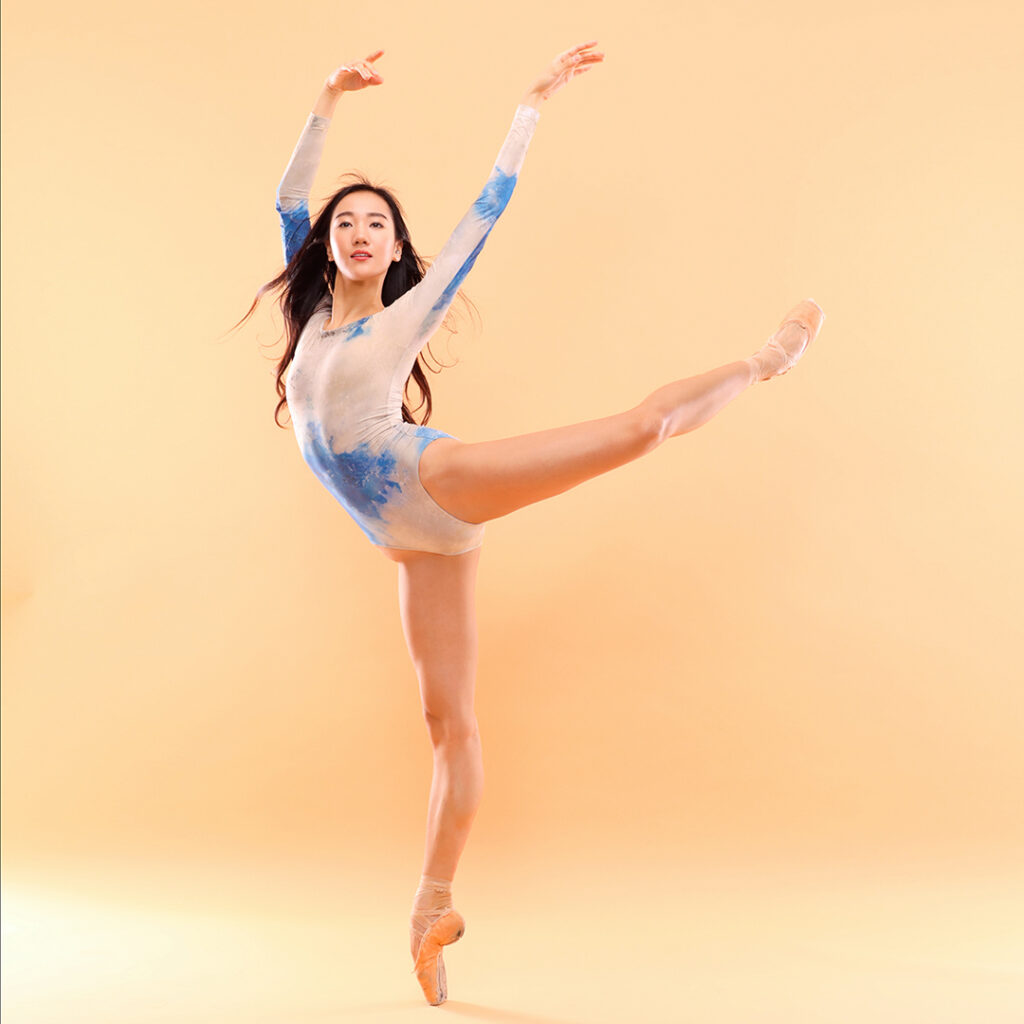
She made an immediate impression. “She’s just incredibly strong, but there was also a lyricism, even when she was accomplishing these very impressive feats,” Radetsky remembers. The rigorous training, augmented by her own natural resilience, helped her win top prizes at both the 2017 Moscow International Ballet Competition and 2018 Youth America Grand Prix. It was at the Moscow IBC that Park first felt she could overcome her nerves and be fully present onstage. “When I went backstage after my performance, my teacher asked me how I felt, and I realized I was really happy. I had enjoyed everything about it.”
Her ability to manage pressure—and her love of performing—have carried her through preparations for Like Water for Chocolate. If she feels shy about trying something out in the studio for the first time, she prepares by rehearsing it in front of a mirror at home, until she feels confident about her choices. She uses visualization as a tool, drawing on her imagination. “Sometimes I lie in bed at night and watch the whole ballet in my head while I listen to the music, figure out the counts, and write out my own story,” she says.
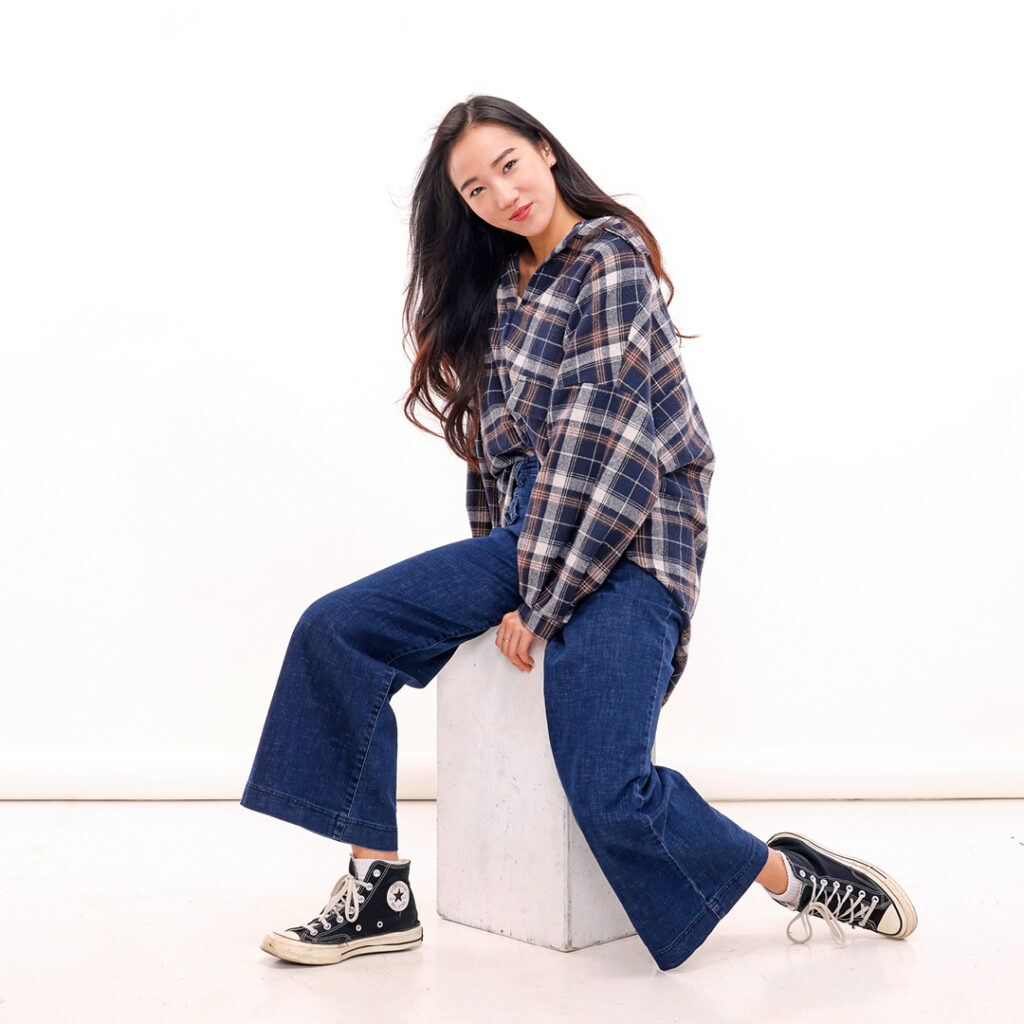
Still, before her first all-company run-through, she felt understandably tense. “I was shaking. I thought, Everyone is watching me.” So she closed her eyes and listened to music, keeping to herself. And, she says, as soon as she started dancing, the nerves melted away. “I was fine. And I realized, actually, it was really fun.” She felt similarly about her debut as Tita at the Segerstrom Center in March, where she danced two performances. “Now,” she says, “I know what to expect.”
The first time is always hard, she reiterates. And there are a lot of firsts ahead of her. But the experience of pushing through these early challenges has helped build her confidence. “I used to get so stressed,” she says. “One day I just changed my mind. ‘Why are you so shy?’ I asked myself. ‘Just do it. I know I can do it.’ ” It is this sense of herself, this trust in her own instincts, that has brought her to the cusp of what looks like a very exciting career.
